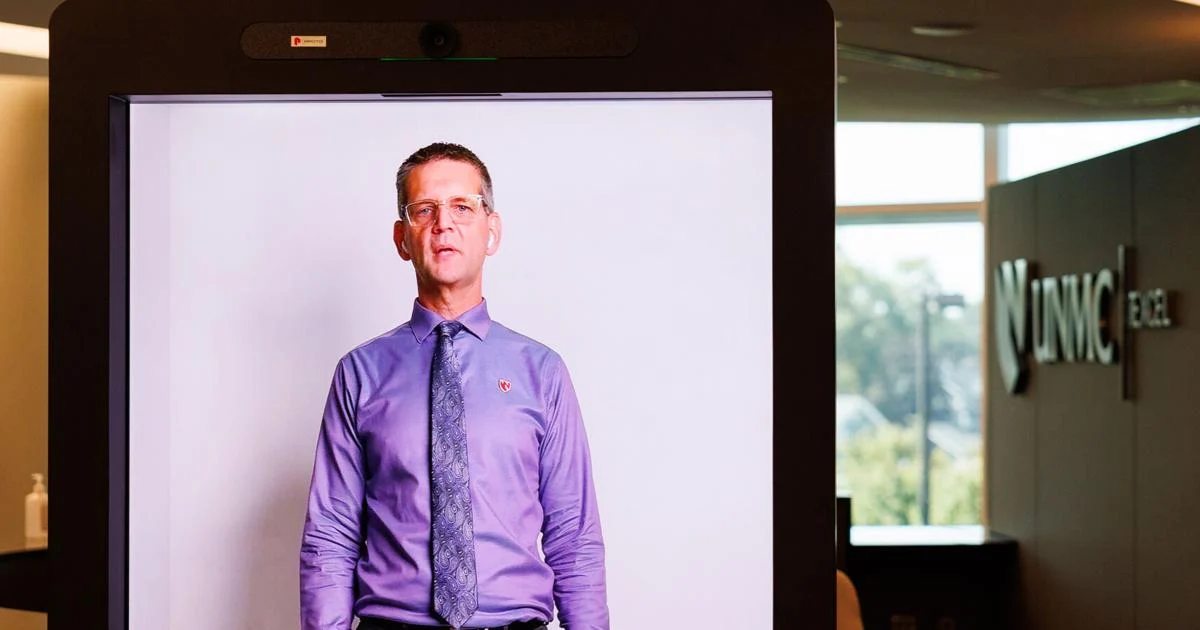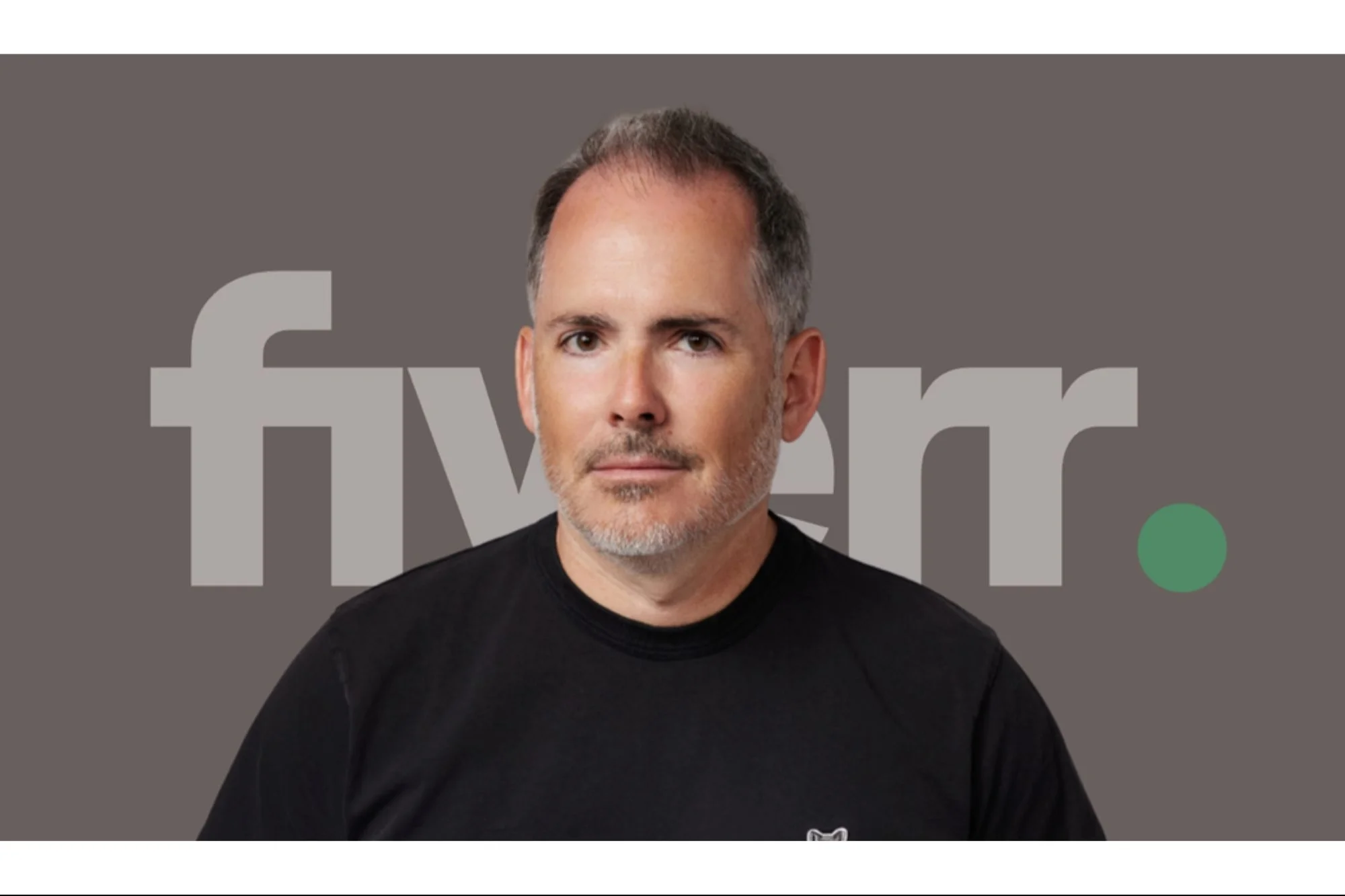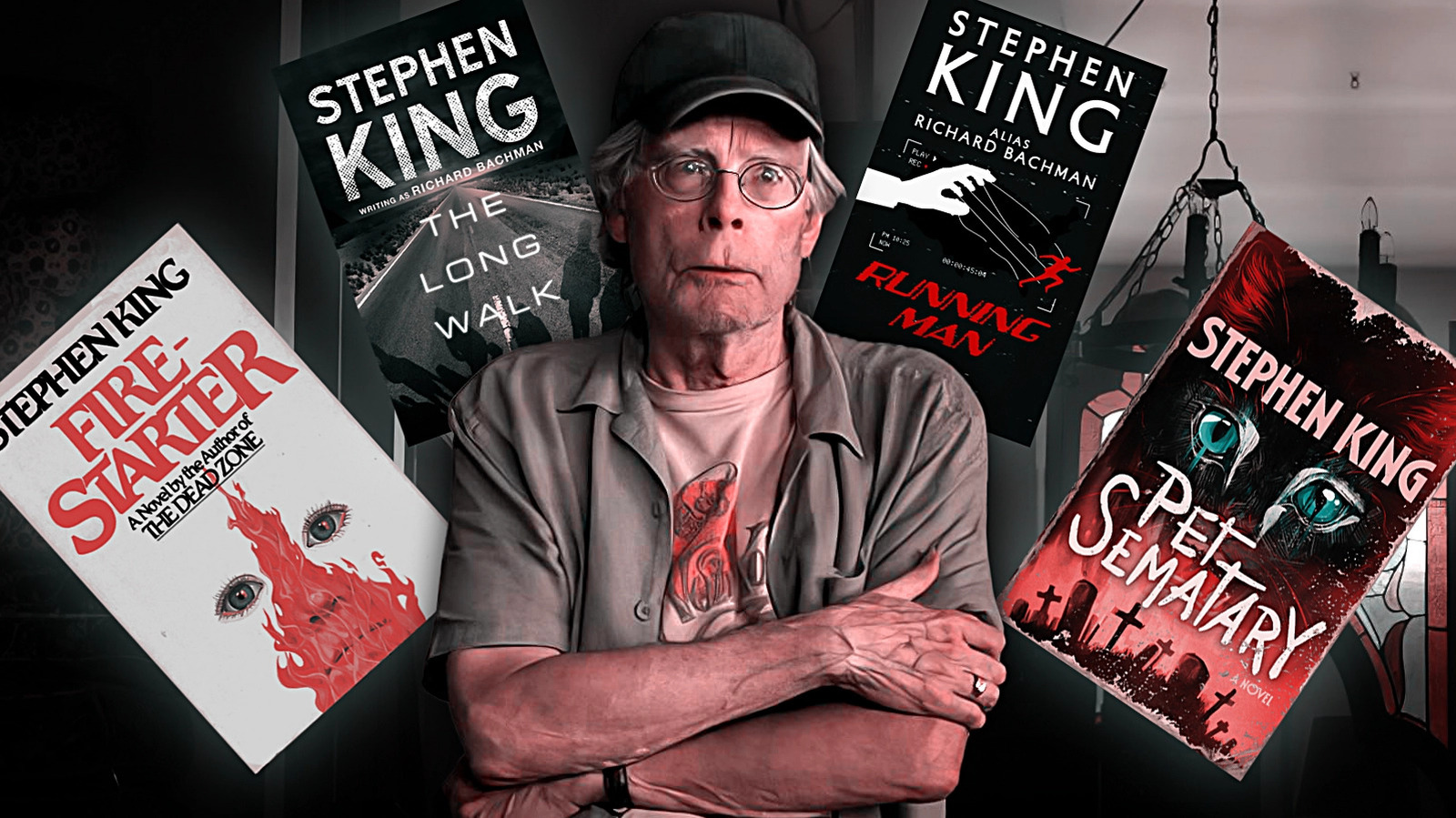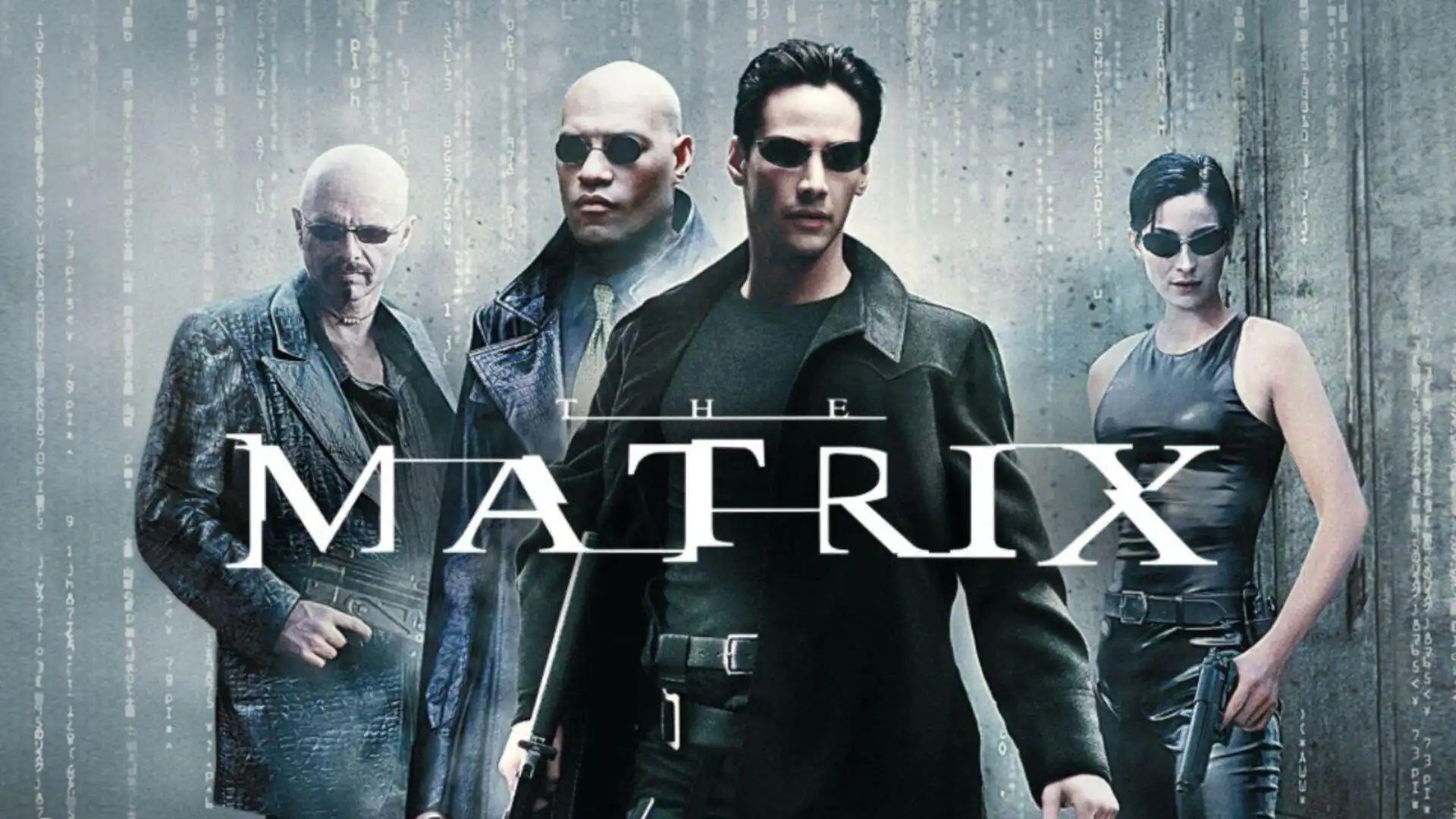
The University of Nebraska Medical Center took a page from “Star Trek,” or “Star Wars,” or maybe both, on Friday, beaming conversations with instructors via hologram boxes among four sites across the state as part of a statewide stroke conference.
The “Stroke Transitions Across the Continuum” conference connected approximately 150 health care providers representing a half-dozen specialties in real time across university campuses in Omaha, Norfolk, Kearney and Scottsbluff using high-tech devices, including holoboxes, virtual reality headsets and interactive iWalls.
The event was sponsored by the Nebraska Department of Health and Human Services and hosted by UNMC and iEXCEL, or the Interprofessional Experiential Center for Enduring Learning. The center serves as a model for health professions education that combines advanced simulation and visualization technologies with simulated health care settings.
The hologram boxes, or holoboxes, for short, are the latest high-tech tool iEXCEL, housed in the Davis Global Center on UNMC’s Omaha campus, has deployed to extend health care education across the state, said Michael Hollins, assistant vice chancellor for creative production and emerging technology.
Using it, Nichole Cooks, stroke program coordinator with Nebraska Medicine, based in Omaha, could address groups of first responders, physicians, nurses, rehabilitation specialists, therapists and students in all four locations as if they were in the same room.
Speaking via holobox from Kearney, Ben Stobbe, assistant vice chancellor for advanced and statewide simulation, said the technologies, by getting participants up to interact with the images, 3D models and information they see on the screen, represent a shift away from passive learning.
“We find that when people are doing hands-on learning, they tend to retain that information better,” he said.
One portion of the conference involved using a virtual reality escape room puzzle on the iWall in which small groups made up of different types of practitioners at each site had to first assess a stroke patient who had arrived at a hospital, including reviewing a CT scan, and make a series of decisions about next steps, Cooks said. Ultimately, the case called for sending the patient on to a hospital that offered a higher level of care, Cooks said.
In a second “room,” practitioners had to go through a series of decisions to determine when to transfer a patient to a rehabilitation facility, she said.
Mixing practitioners from different specialties not only helps build interdisciplinary collaboration but also helps build communities among professionals across the state.
“We all have the same end goal, which is improving patient care for the stroke victim,” she said.
A handful of participants at iEXCEL in Omaha agreed that the interactive technologies delivered an engaging way to learn.
“I think it helped keep you interested in what you’re talking about,” said Jackie Assman, a physical therapist with Nebraska Medicine.
She also appreciated being able to see how other people responded to the questions in the case study.
Being able to see a 3D model of a brain showing what was happening during a stroke helped her make sense of the symptoms the patient was experiencing.
julie.anderson@owh.com, 402-444-1066, twitter.com/julieanderson41
Want to see more like this?
Get our local education coverage delivered directly to your inbox.
* I understand and agree that registration on or use of this site constitutes agreement to its user agreement and privacy policy.
Julie Anderson
Get email notifications on {{subject}} daily!
Your notification has been saved.
There was a problem saving your notification.
{{description}}
Email notifications are only sent once a day, and only if there are new matching items.
Followed notifications
Please log in to use this feature
Log In
Don’t have an account? Sign Up Today



